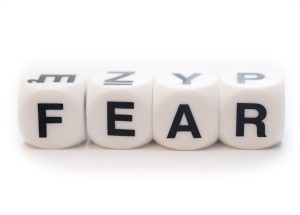Direct styles of communication…
My passion is teaching people how to communicate authentically and effectively in any situation.
Did you know that there are different communication styles? Such differences can wreak havoc in our relationships, sometimes we just don’t get each other!
We all have our own communication style. Some people are task focused while others are people focused. Some are outgoing while others are reserved.
One of the four main styles is the Direct and Powerful communicator. They are action based, outgoing, task focused, results oriented and for the rest of the population they can be quite challenging. If this is your style, however, chances are you are not even aware of the impact you can have on others.
Direct and Powerful Communicators are motivated by challenges, they love problems can be highly competitive and extremely strong willed. If you want something done, give to this person. However, be aware they may leave bruises.
These guys really have no idea how straight down the line, no fuss, in your face they can be. To the average person they can seem aggressive, even like a bully. Sadly, this is not their intent at all. They are just after the result and if people get in the way, then that’s where the damage can occur.
This is my strongest style and I have been known to mow people down in the supermarket, I literally don’t see them. I am focused on the task and the task is to complete the shopping. It’s not to say “Hi”. To see who I know, to window shop. No, its get the items bag them and get out of there! I have had friends come up to me days later and say they felt really upset when I ignored them, I honestly did not even see them.
This powerful style gravitates to leadership and management roles where they can make decisions and have control. Unfortunately unless enlightened they can cause trouble for others. Problems arise because they are so fast paced, quick thinking, decisive and you got it – direct.
Don’t be too hard on the direct communicators in your world. They really have a good heart and don’t realise how pushy and direct they can be at times. Why? Because I don’t think anyone has been brave enough to tell them!
Next time we will look at the Playful Influencing communicator.
If you are a powerful communicator and are struggling checkout our resources page or contact us with your specific questions. For training to learn more about your style and how to get the most out of your relationships get in touch.
If you would love to understand yourself or others then check out your Communication DNA
Until next time, Care, Connect and be a Courageous Communicator. Let’s change the world we live in one conversation at a time.













